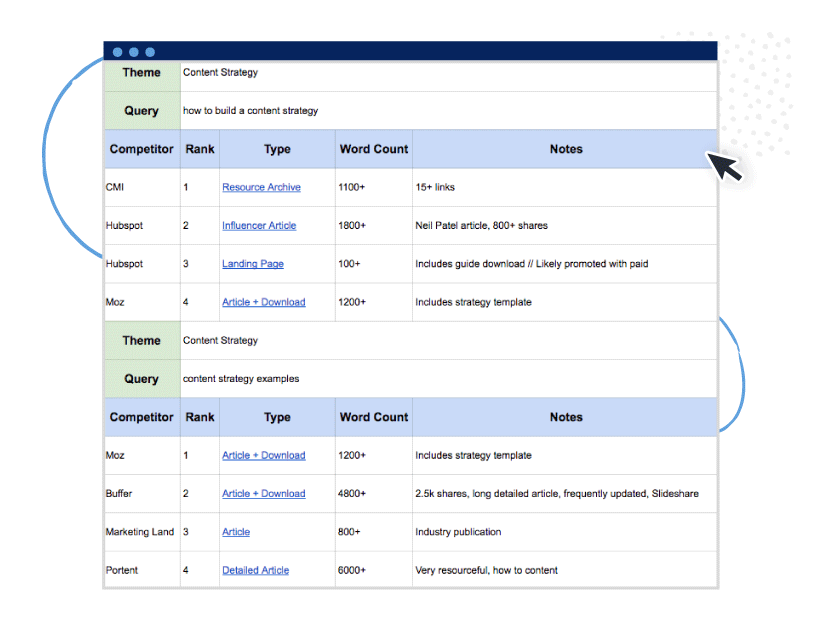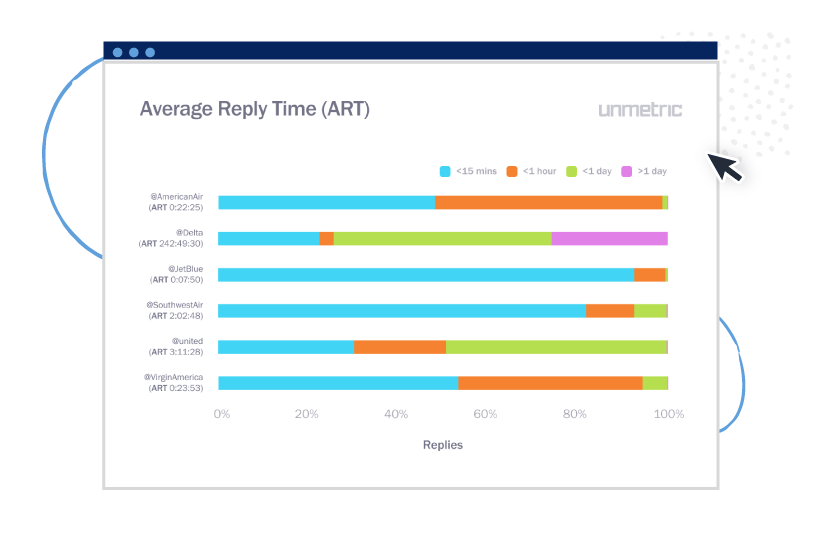What is benchmarking? Benchmarking is the practice of regularly comparing various performance metrics in order to continually improve performance. A benchmark is the standard by which performance is measured.
The term benchmarking is used broadly in business, often to describe the process of measuring one thing against another to establish a standard acceptable value. But the true definition is a bit more technical.
With true benchmarking, you aren’t just comparing metrics to establish a standard; you’re comparing the processes behind the measurements to continually improve performance. Organizations use benchmarking to establish best practices and operate at peak performance.
What metrics should you measure with benchmarking?
You could be measuring any number of metrics. Your business model determines which metrics are most important for your organization.
Common benchmarked metrics include:
- Customer retention
- New business
- Client engagement
- Social media reach
- Productivity
- Customer satisfaction
- Market share
- Time
- Sales
- Expenses
- Revenue
- Profit
Benchmarking typically follows this process:
- Step 1: Plan the project. Identify the metric you wish to benchmark and note your organization’s current standing in regard to that metric. Define the processes your organization uses to achieve the current level of performance, and identify competitors that are performing better than your organization.
- Step 2: Research your competitor’s processes. Find out what processes your competitors are using that allow them to perform better than your organization. You might search for information online, interview the competitors’ workers, or interview competitors’ clients.
- Step 3: Compare your processes to your competitors’. Look for gaps between your organization’s performance and your competitors’ performances, and identify differences in processes that could cause those gaps.
- Step 4: Revise your processes. Implement the best practices of your competitors that are most likely to close the performance gap.
- Step 5: Measure the results and adjust as needed. Track your organization’s progress over time and adjust processes until you’re able to match or exceed the best practice benchmarks.
Benchmarking can be categorized in any number of ways, but you’ll generally benchmark internally or externally.
Internal benchmarking measures current performance between different groups (or individuals) within your organization. External benchmarking measures your organization’s performance against the performance of your industry’s top competitors.
Common uses for benchmarking:
- Grow your online presence by comparing social media marketing tactics against your top competitors.
- Increase new business by comparing your marketing strategies against your competitors.
- Increase market share by comparing marketing conversion methods against your top competitors.
- Reduce output times at one facility by benchmarking production processes against another facility.
- Increase customer satisfaction by comparing customer service workflows and response times with your competitors.
- Decrease expenses by comparing resources with competitors.
There is no end to the number of metrics you can benchmark and the improvements you can make in your business through the process of benchmarking.
Examples of benchmarking:
You can use benchmarking to increase your Google ranking for competitive keywords. Compare your content marketing strategy with a competitor who is ranking higher than your organization for keywords on Google.
See what your competitor is doing differently and attempt to replicate their success by adopting their processes.
Airlines use benchmarking to improve their response times to customer inquiries. When Unmetric benchmarked airline response times, it found that airlines like JetBlue were able to respond in under 15 minutes around 90 percent of the time, while Delta only responded that quickly around 20 percent of the time.
Delta can use this benchmark data to look more closely at JetBlue’s response process and emulate the systems that allows JetBlue to respond so quickly.
Improve your performance metrics with high-quality content from ClearVoice. Talk to a content specialist about your needs today.





